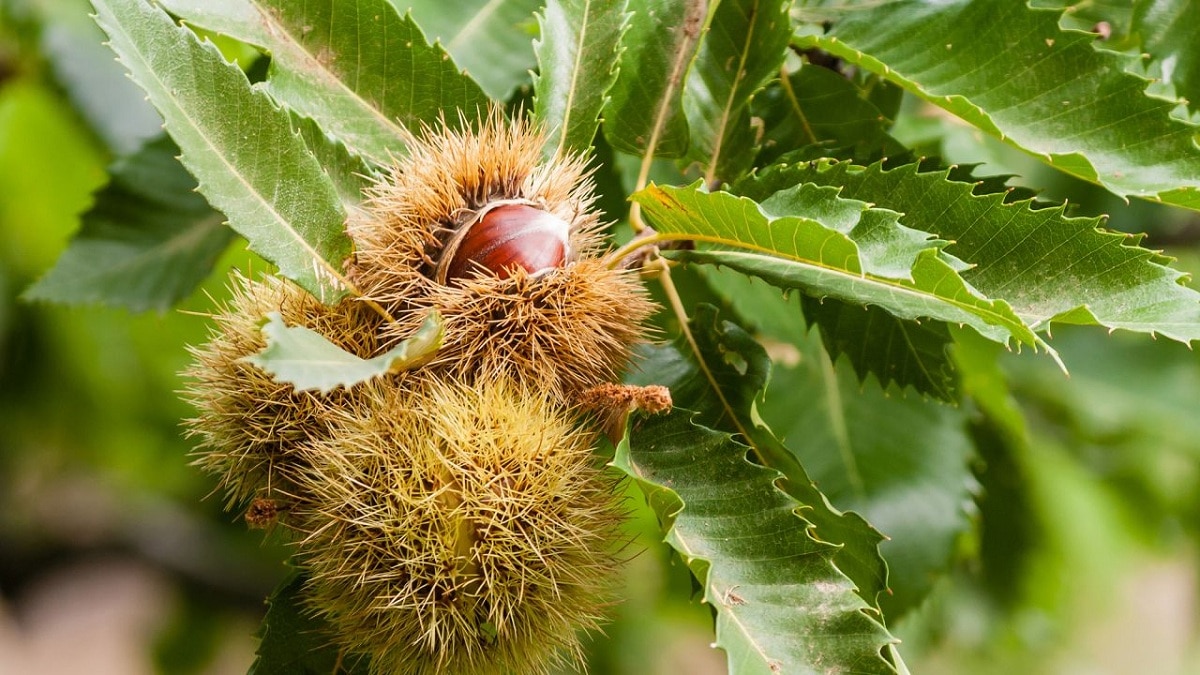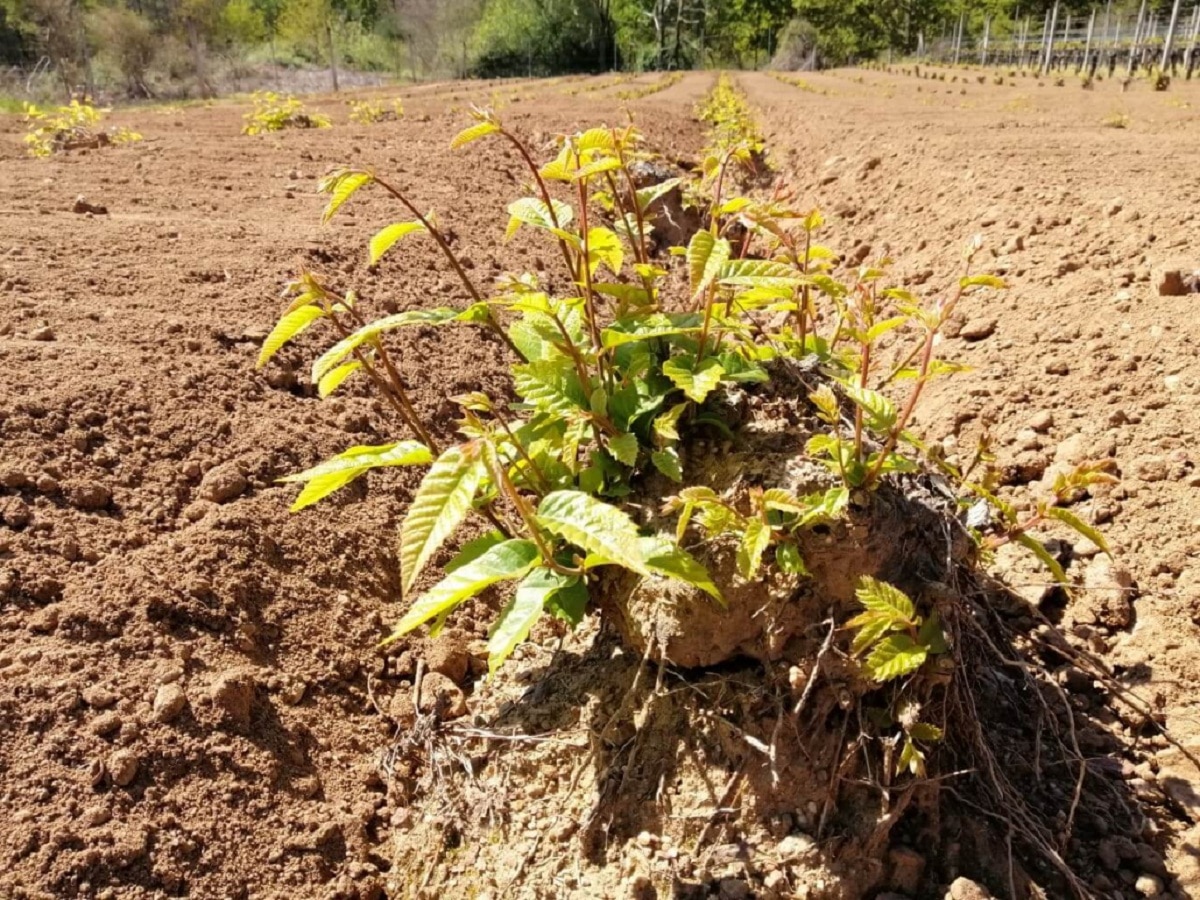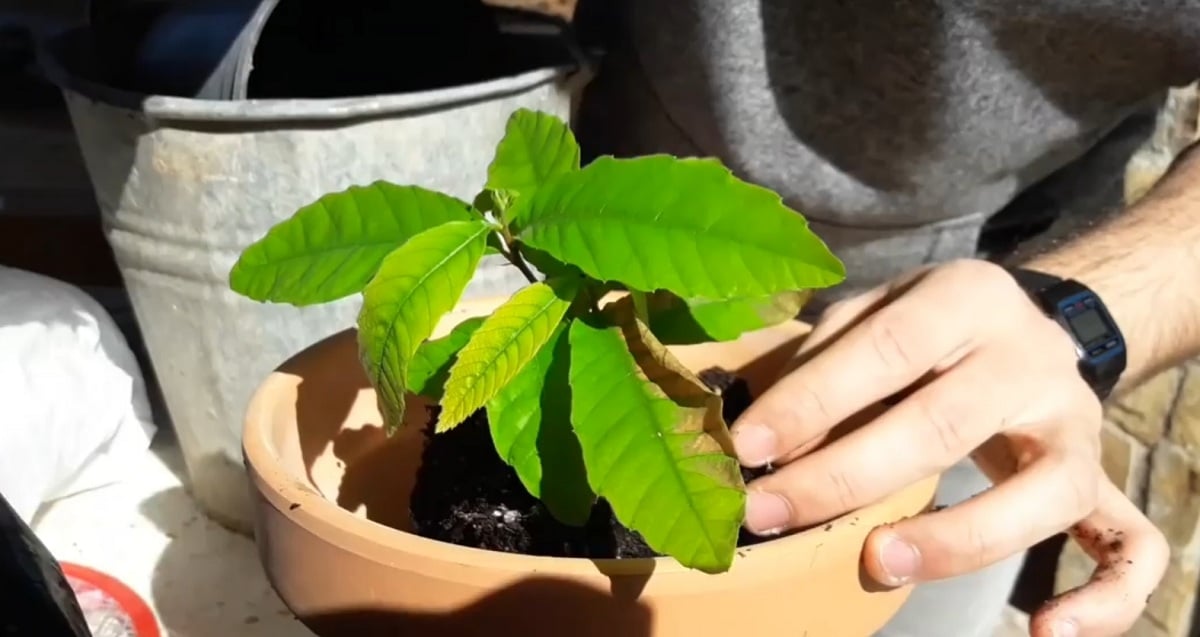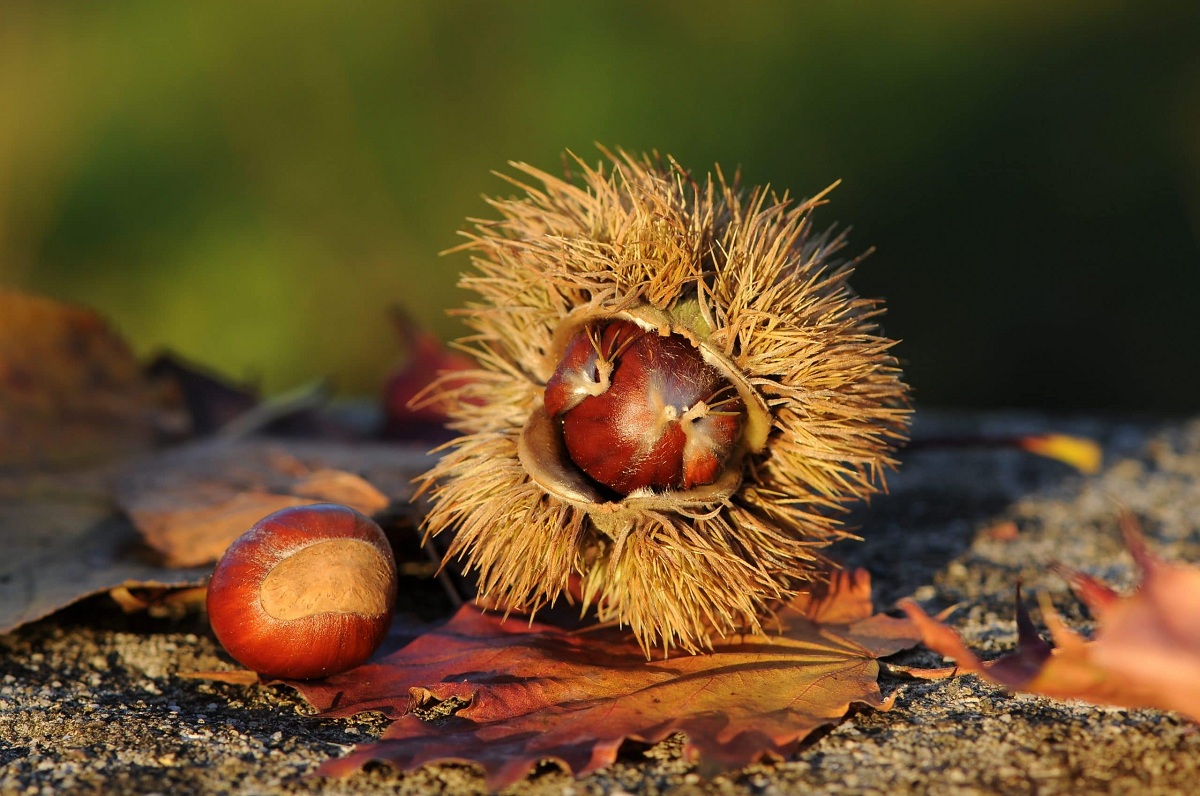
If you have a very large garden area and you want to plant a tree, you can opt for fruit-bearing elements since it will provide you with delicious fruit as well as bringing freshness to your garden. However, if you want big, tall, durable trees, then the situation is completely different. One of the best options to have a great vegetable friend is the chestnut, one of the most beautiful and long-lived trees that exist, and that can even decorate your outdoor room for generations since taxidermy findings are almost 1.000 years old . However, there are many people who do not know how to plant a chestnut.
Only a dozen species of this plant organism are known, but no matter which one you decide to grow, the result is the same: a beautiful and huge fresh decoration. For this reason, we are going to dedicate this article to telling you how to plant a chestnut tree and what aspects you must take into account for it.
How to plant a chestnut

Being a creature that can live for many years, it is considered one of the most resistant to the shock of high and low temperatures. However, if you want to have a clear idea of how to make it healthy, write the following:
- Shop at a nursery: The best thing to do is buy when it's just a small clump of bushes. It is usually sold in small jars. The smaller it is, the more attention it needs. So it's perfect if you have a lot of free time; conversely, if a job requires a lot of your time, get this killer.
- Always transplant it: One of the best ways to help this future giant grow is to repot it several times. To do this, always have jars or recycled containers of various sizes on hand. As the bush grows, transplant it, protecting part of its land from sudden changes in its environment, as this often causes the plant to wilt while it adjusts to its new home.
- Special fertilizers: Although you take great care of this little giant, from time to time you must use organic and chemical elements to give its growth stages the boost it needs. Fertilizers rich in these compounds will help you:
- Fertilizers are rich in superphosphate.
- Organic waste They contain large amounts of potassium sulfate.
- Ammonium Sulfate Fertilizer.
Despite the complicated name, you'll notice that they're issued as you'd expect at produce outlets. This ensures that your tree is healthy from the start. The pruning process is more important than you think, since pruning helps to eliminate some branches that may be sick or affected by some type of pest.
At this point you should know that the recommended pruning should be done at least every four months, pruning branches where you see leaves withered or of different colors, and sometimes spots.
When to plant the chestnut

Perhaps the best time to plant (when you buy it as a sapling) is spring. In this sense, he recalls:
- You can decide to do it in March, in which case we recommend doing it in the last week.
- In this case, April can be a favorite month, since the temperature is usually more pleasant than the months before or after.
- If you are in the northern hemisphere, you must put June as the deadline. Now, if you're in the southern hemisphere, extend the sowing or planting period until December, when spring is clearly over.
Necessary care
Once we know how to plant a chestnut, we must know what its care is. The guarantee that your bush will turn into a strong and beautiful tree is only in your hands. Follow these general precautions and do the best you can for your natural specimen:
- When it comes to irrigation, water use should be measured as accurately as possible.
- In this case, if you decide to start from seed, you should dose about four gallons of water per week into the soil where you protect the stems.
- When it is more than 8 to 10 inches tall, you should water it an average of 1 inch per week.
Many were surprised when they noticed that the leaves were falling off and only the wooden frame of the plant remained. Fear not, due to the normal stages of a chestnut tree, in which case a swamp should not form at its bottom, just keep the amount of running water.
Most common pests

As if this were not enough, there are many animals, insects, fungi and viruses that can hinder the growth of crops and family gardens. Although in this case a tree or two, you have to be vigilant until then:
- The dreaded chestnut canker: This pest first appeared in the middle of a bush stem. It is a potentially deadly fungus as it emerges from cracks in the middle zone and gradually spreads until it sickens the entire plant organism.
- Weevils: These little enemies like to lay larvae in these types of plantations. At birth, they eat most of the youngest leaves, which affects their overall health.
- Cambivora fungus: This organism of the fungal kingdom produces a disease called chestnut ink, which consists of turning most of the leaves yellow. Beyond that, you'll notice the branches slowly die back, eventually attacking the central stem.
- chestnut worm: this is another small mistake to be aware of. It specifically attacks the flowering area and the appearance of the fruit. They make the chestnuts softer than normal, and you will notice grooves on the bottom of the chestnuts, as if they are being gnawed.
Recommendations on how to plant a chestnut
Pay attention to these additional instructions so that you can enjoy in the shortest possible time a healthy and strong bush of medium size that will be a beautiful ornament in your garden for years, providing shade everywhere:
- When fruit harvest season arrives, allow as much time as possible, as this ensures no-harvest rot will not affect the entire plant.
- If you notice that the dreaded weevil attacks in the juvenile stage, you can put an old white sheet on the floor, shake everything and notice how most of these babies fall. However, you should spray harmful insects as soon as possible.
- You should always be observant of the structure of the plant because that way you will know if everything is going well or if it needs your help.
I hope that with this information you can learn more about how to plant a chestnut tree.